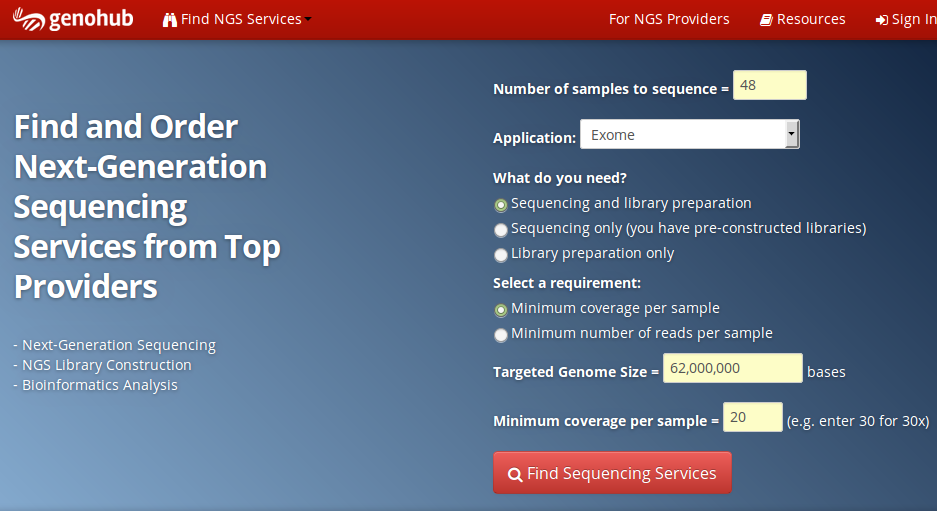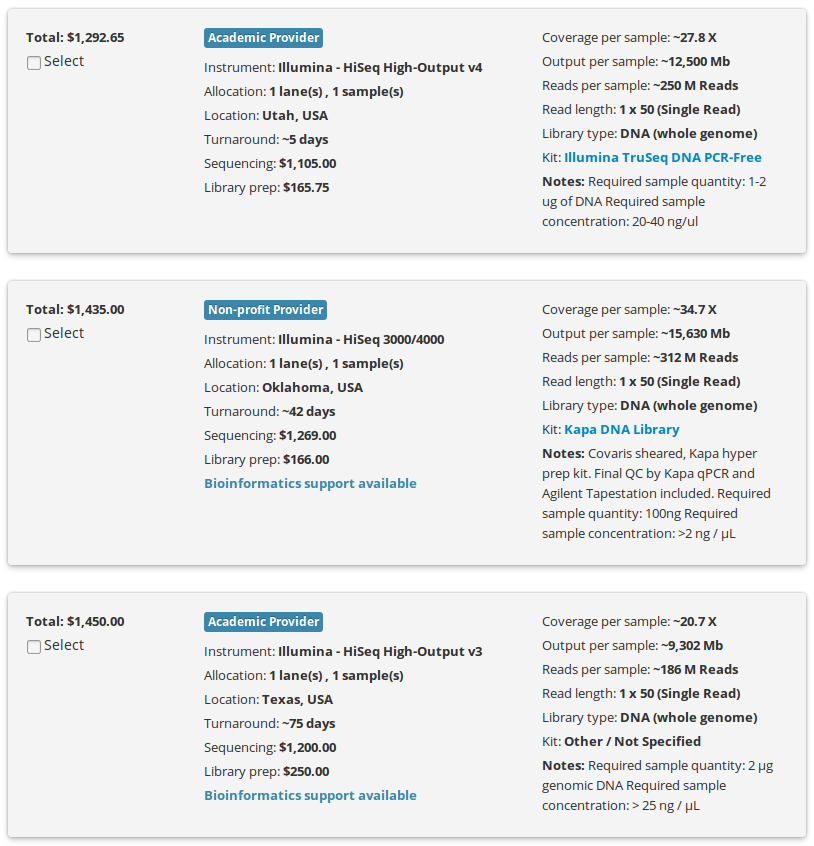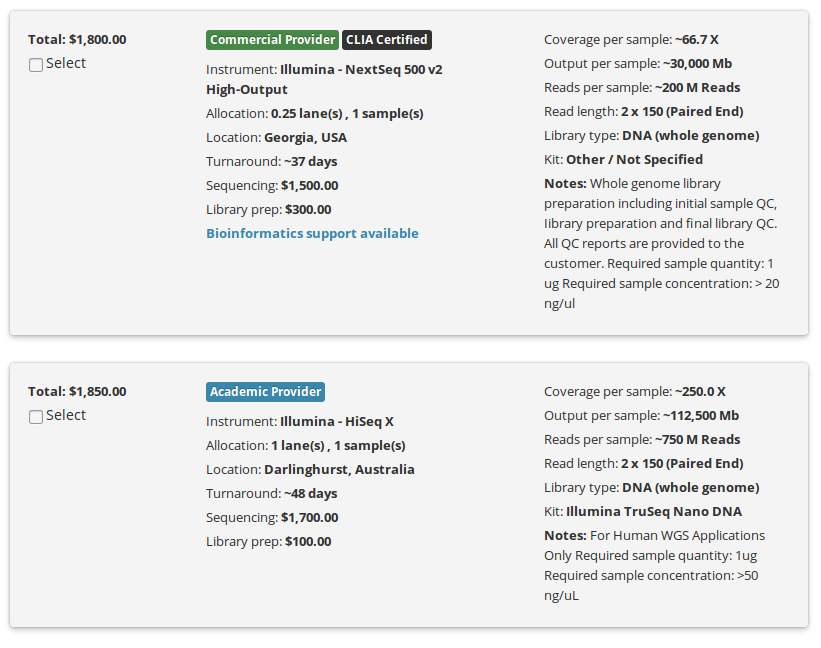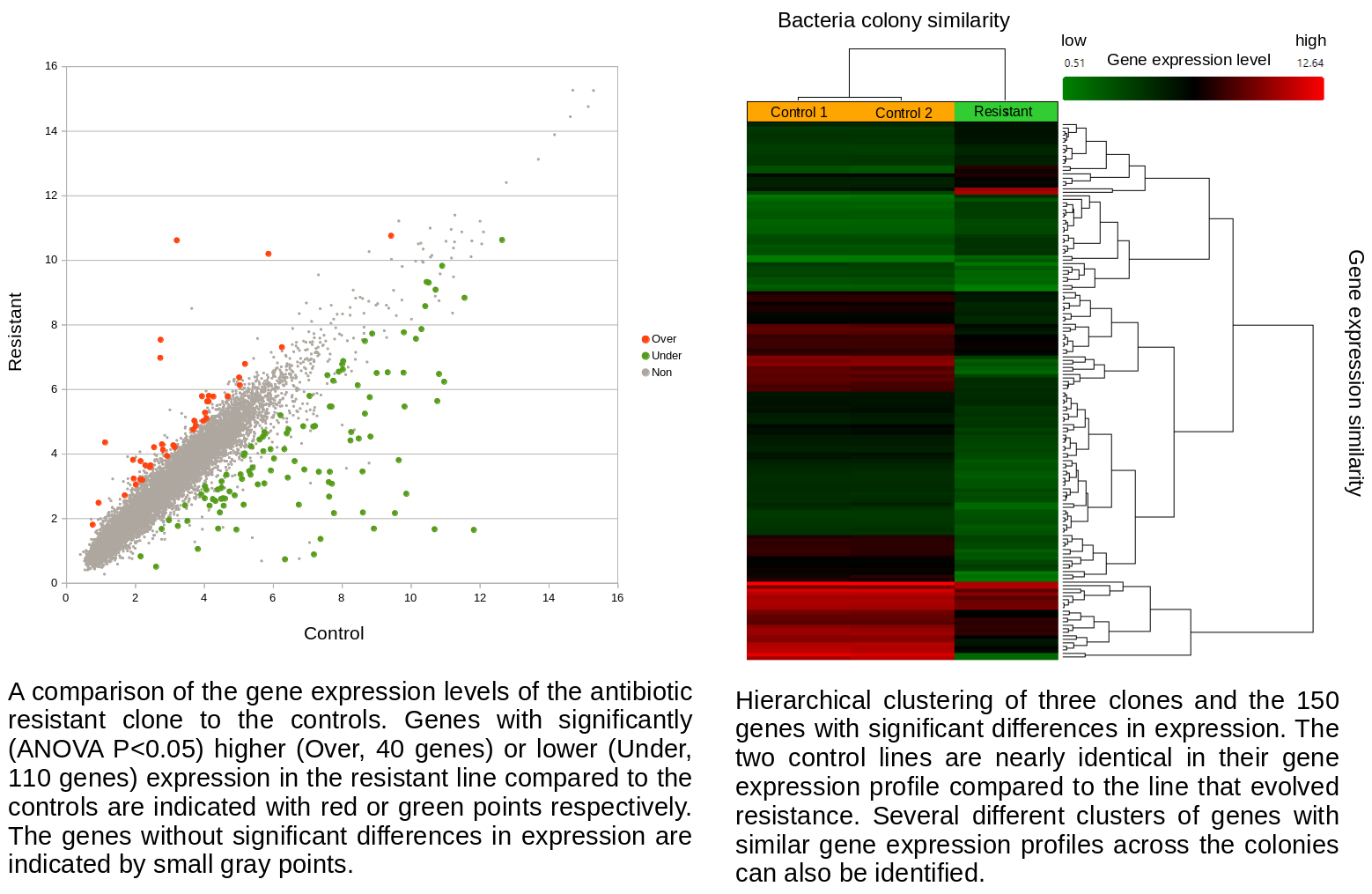I just returned from a "gene drive" workshop at NCSU's Genetic Engineering and Society Center. There is a lot to talk about from the meeting. Here I want to focus on a couple of specific details that came up in reference to the military funding of genetic technology. The meeting was held under Chatham House Rule, so I cannot identify the people who made the original statements. Some of these were in group discussions and some of these were personal one-on-one conversations. As a brief, overly terse, background statement to describe a complex field: gene drive technology is a new emerging technology that is potentially very powerful and could be used for beneficial humanitarian and species conservation applications where other methods have fallen short in their long term effectiveness.
First of all, I was told that DARPA is interested in funding gene drive technology for environmental modifications. DARPA helps to develop new technologies for military applications. This could be for both species conservation applications as well as preventing infectious disease (and also there is obviously the possibility of malicious hostile use in military applications but this was not brought up). Apparently a man named Dr. Jack Newman (link) is slated to become the program manager of mosquito gene drive technology at DARPA.
So---to be frank---I believe this is potentially a very bad idea for many reasons. The first is strategic. If these kinds of technologies are to ultimately be used for beneficial reasons they must be acceptable in some degree to the public so that they can become adopted and utilized. The Pacific Islands have a very negative track record of being used for testing grounds of new technologies. This ranges from classical bio-control releases of invasive species, to loss of traditional land to military activities, to, probably the most glaring example, nuclear testing in the Marshall Islands that displaced Native People and resulted in a region becoming uninhabitable from the resulting radiation (also note French nuclear testing, under protest, in Tureia, link). There is nested within the issues of the loss of self determination resulting from colonialism by many Western Countries across the Pacific. Like it or not, public perception is a very real force that cannot be ignored. The Three Mile Island accident in 1979 led to an effective moratorium on new nuclear reactor construction until 2012; however, many of these new projects have also been canceled with the more recent Fukushima disaster also playing a role. The public reaction to GM Crops has also had a very real effect on the laws surrounding the technology and adoption of the technology around the world including in the Pacific (e.g., the GM Taro and GM Papaya controversies in Hawai'i, link).* Right or wrong, in the Pacific, military funding of a new technology will be initially evaluated within the perspective of other military tests of new technologies and the effects this has had on the people of the Pacific Islands. Even more relevant to gene drive technologies, in the 1970's a World Health Organization project to test the release of sterile mosquitoes in India (to suppress the local population and limit the transmission of disease to humans) was shut down due to public perceptions that it might also be a secret military bio-warfare test (link, incidentally there are also some documents on WikiLeaks related to this).
In a broader ethical-moral sense (and this is very much a personal opinion from the perspective of a US citizen) are we comfortable with the military guiding and controlling the research that goes on in our country? This may sound like hyperbole; however, a comparison of the huge difference in the levels of US military funding (on the order of $610 billion) and National Science Foundation funding (on the order of $7 billion) is objectively dramatic. Advances in research depend on grant funding and support. Which technologies government funding agencies choose to support affects not only the advancement of these technologies but the direction they develop in and as a direct result the future applications of these technologies (the history of Project Orion is one example where limited funding sources and issues of potential military uses caused development focused on military applications yet ultimately stopped a line of scientifically promising yet controversial research, link).
Ideally, for gene drives technologies to be able to realize their potential in beneficial applications, they should be supported and developed by sources other than the military and private companies---and yes, this is strongly motivated by public perception as well as ethical principles. Scientific funding bodies as well as state and local funding have more of a long term potential benefit than is initially apparent. Furthermore, accepting funding from the military lends false support to continuing the objectively inflated funding of the military at the expense of government agencies devoted to scientific research (NSF and others); at the end of the day the military can say that it should continue to receive research funding because of the projects it has supported, but this comes with a social cost. Wouldn't it be better if NSF could make this statement instead without the social cost?
Okay, now comes the ace card that I have been hiding so far in this article... At the meeting, someone brought up (within the context of more "traditional" synthetic biology) that the US is a signatory to the ENMOD international treaty which came into force October 5, 1978. This treaty prohibits the military from using environmental modification technologies that have widespread and/or long-lasting effects. Interestingly, "Environmental Modification Technique includes any technique for changing – through the deliberate manipulation of natural processes – the dynamics, composition or structure of the earth, including its biota" (full text). This gets into philosophical discussions about the role of physical coercion by the military and the state, which I do not want to go into here (links for reference, military, monopoly on violence); however, I will appeal to the common-sense notion that military force by a state is a hostile act although this is more difficult to realize when it is done in a way that aligns with your own interests. Since gene drive technologies are deliberate manipulations of natural biological processes with long term and possible widespread effects on manipulation of the environment, is DARPA military funding of gene drive technology even legal according to international treaty that the US agreed to support?
* I don't mean to sound overly pessimistic; there does seem to be a disconnect between the public-perception-of-public-perception and public-perception. When I talk to people about the type of work I am doing in the lab and the possibility of future applications at times I have been laughed at and told it will never be possible because people in Hawai'i are dead set against any genetic modifications. However, when I go into more detail about the non-native mosquitoes being modified to help protect native bird species and the self limiting nature of the genetic technology many of these same people are personally positive about the applications, but maintain that most people would be against it. Often the debate seems to be framed in terms of science versus people, especially native interests, with the recent debate over the telescope at Maunakea as an example (link), and it becomes all to easy to fall into overly polarized positions. GM Papaya and GM Taro (Kalo) are perhaps good examples of different ends of what is acceptable with genetic modification technology. GM Papaya is not without controversy but is now widely adopted and commercially important in Hawai'i; however, GM Taro was rejected in large part due to the importance of Kalo to traditional Hawaiian culture. As a diverse collection of cultures and values that does not always agree as individuals we can still have a public dialogue and make common choices; everyone has a role to play.









